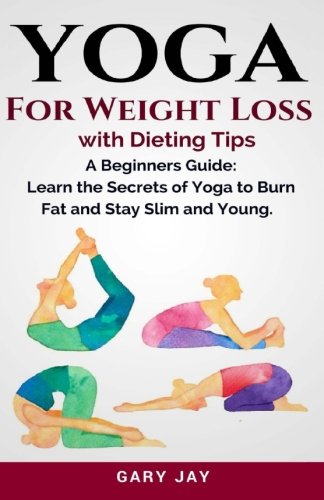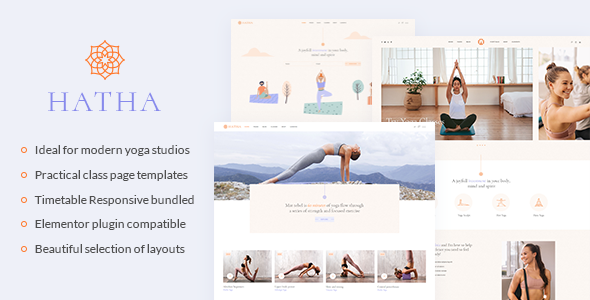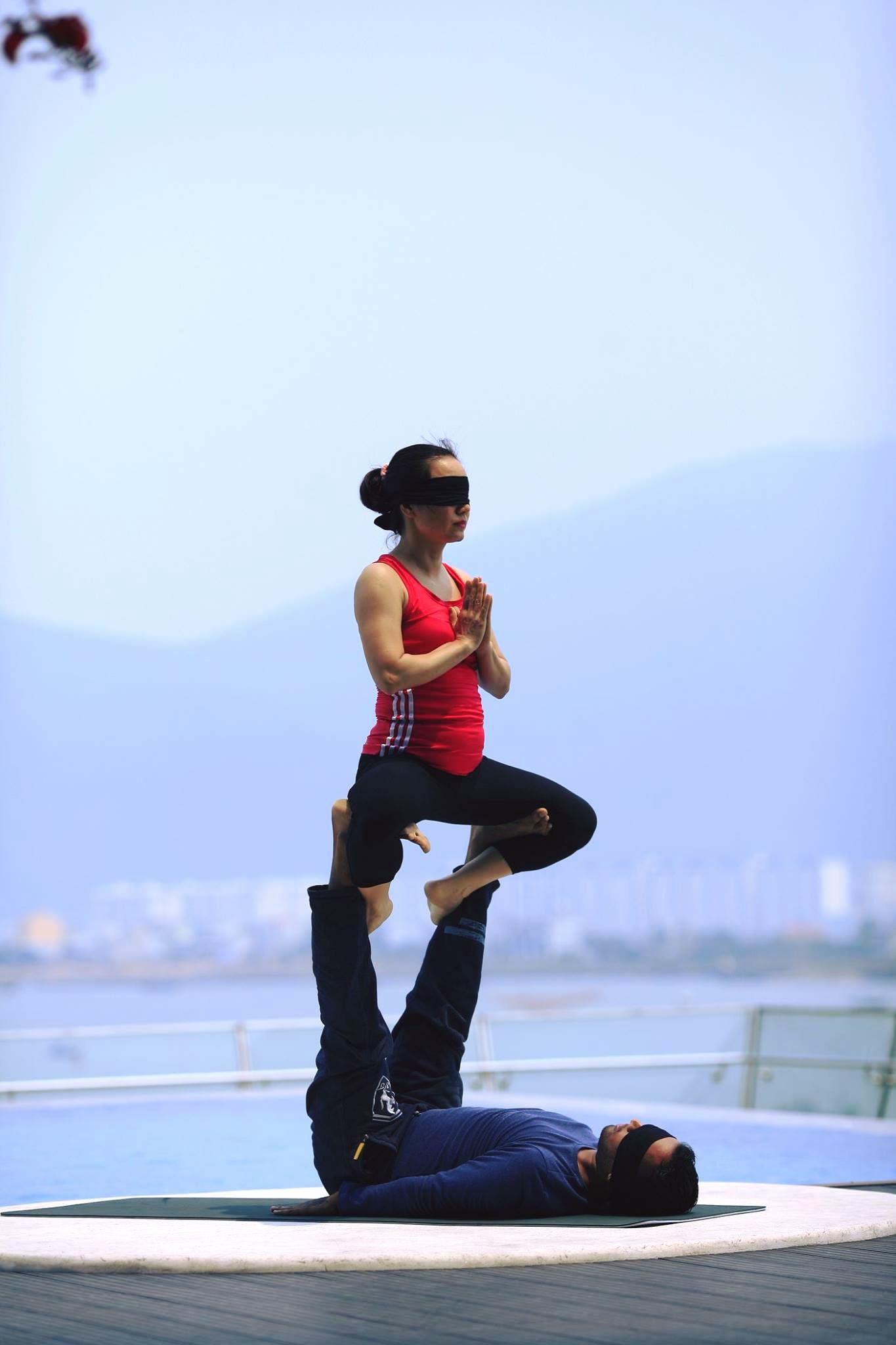
Practicing yoga for back pain may seem difficult, but it's an excellent way to prevent back aches. We will be looking at Sphinx Pose (Child's Pose), Child's Pose, Standing forward folded with clasped arms and Standing forward fold. Each pose focuses differently on different parts. If your back isn't as flexible as you'd like, a yoga belt can help you reach your toes.
Pose of the Sphinx
Sphinx is a great yoga pose to strengthen the spine and open up the back. Start by putting your thighs in front of you, with your elbows underneath your shoulders. Exhale and lift through the crown of the head, releasing all of the constriction in the lower back. You can bring your torso to neutral in ten to 15 breaths. Then, repeat the exercise five to ten additional times.

You can also practice the Sphinx Pose for back pain to condition your back after a spinal surgery. This pose strengthens the lower back as well as the shoulders. A pregnant woman can also perform this pose by pressing her forearms against a wall. This pose is great for stretching the chest and shoulders, and can also lead to more challenging back-bending poses.
Child's Pose
Child's Poses is a great exercise to help with back pain. This yoga pose is also known as the "prayer stretch". It stretches the lower back, spine, and muscles. Begin by lying on one side, your hands underneath your shoulders. Next, place your palms down on your palms and extend your arms out in front of yourself. You can keep this stretch going for as long you like.
Child's Pose requires that you are aware of any injuries to your spine and other conditions. If you have a disk problem, you should avoid performing it or seek advice from a healthcare professional. Once you are comfortable, take a deep breath and then slowly move on. Don't push yourself too hard, as back pain can often lead to further injury. If you are not comfortable with Child's Pose, try another pose until you find a comfortable position.
Standing forward, with clasped arms
The Forward Fold, also known by the Standing Forward Fold or simply "Forward Fold", is a basic asana. It relieves tension from the back and opens the shoulders. It improves blood circulation and oxygenation in the brain. It opens the neck as well as the shoulders. This is a great position to practice for back pain, as it stretches the entire spine. Relaxing your back by standing straight up with your hands clasped can reduce stress and help relieve pain.

This is a very popular asana in the Yoga Journal's Pose Library. You can easily and safely practice this pose thanks to expert tips from yoga teachers as well as videos with how-to guides. This pose is also good for the brain, stimulating the liver, and stretching the hips. It is considered one of the most relaxing positions and can be helpful in reducing insomnia. For beginners it is important to practice it properly and slowly.
FAQ
What happens if you stop doing yoga?
It is normal to lose enthusiasm after a while. You may notice stiffer muscles if your yoga practice is discontinued. Poor posture, lack exercise, and simply ageing can cause stiffness.
Consider retaking some classes if you find the flexibility to be less than ideal. Also, make sure you're keeping up with your daily routine. Exercise strengthens your bones and muscles. So make sure to get enough sleep and eat well.
How does yoga work
Yoga is all about alignment, breathing control, meditation, stillness, and stillness. When practiced correctly, it creates a feeling of peace and calms within the practitioner.
The first step in any yoga class is to warm up your body. For example, you could start with forwarding bends. These moves can loosen tight muscles and prepare your body for deeper poses.
Next, we will do the balancing pose "standing". Next, stand straight up with your feet and your arms extended. Then, look down towards the ground. Your body should feel stable, centered, and balanced.
The final step is deep stretching. This is where you lay on your back and bend your knees. Next, move into deep stretching poses. Keep your balance and keep you from falling by grasping onto something sturdy. If you don't have anything to grab onto, rest your hands on the ground beside you.
After doing all these poses, you will move into a series of standing poses. These include the warrior pose (mountain pose), mountain pose, downward facing, upward facing, plank pose, last pose, and the warrior pose (warrior pose).
It's important that you take your time and breathe slowly when practicing yoga. Deep breathing can not only clean your lungs, but it also calms your mind. You can do this by focusing on your inhales and exhales. Try counting every time your take a deep breath.
You can practice yoga anywhere -- even while cooking! Just follow the exact same steps but place your feet on the ground instead of laying down.
If you are new to yoga, try starting with just 10 minutes daily. You can still benefit from yoga, regardless of your age.
Can I do Yoga every day, even as a beginner?
Yoga is a wonderful way to strengthen your body. It also helps you relax and release stress. To start yoga regularly, you don't need to be an expert. For beginners, yoga should be practiced for 20 minutes at least three times per week.
This is enough time to get started. You can gradually increase the amount you spend practicing.
Are yoga mats necessary?
Not necessarily. Many studios provide mats that students can use. These mats are usually made of rubber and are easy to clean.
Your mat can be purchased online. A high-quality mat will last many years.
Statistics
- Gentle yoga has been shown to ease some of the discomforts of tender, swollen joints for people with arthritis, according to a Johns Hopkins review of 11 recent studies. (hopkinsmedicine.org)
- In comparison, a 125-pound person is estimated to burn 135 calories in 30 minutes of walking (at a pace of 15-minute miles) and 210 calories bicycling at a moderate pace on a stationary bike. (everydayhealth.com)
- Start your Fall off right with 20% off All Access Membership when you sign up by 9/25! (corepoweryoga.com)
- According to calorie estimates calculated at Harvard Medical School, the average 125-pound person burns about 120 calories in a half hour of hatha yoga, and a 185-pound person burns about 178 calories in that half hour. (everydayhealth.com)
- Lock in 25% off your Founding Member rate. (corepoweryoga.com)
External Links
How To
Is yoga a good way to exercise?
Yoga isn’t just for those who want to lose weight. It can also help you achieve flexibility, balance, coordination and strength.
Yoga isn't just exercise, but an art form. These poses can be used to help you relax and meditate. They can improve our posture, concentration and breathing.
Yoga is practiced by yogis. Yogis follow various forms of yoga, including Hatha, Ashtanga, Iyengar, Vinyasa, Bikram, Kundalini, Yin Yang, and Restorative.
There are many types and styles of yoga. But they all share similar goals. Each style focuses on different aspects. Yoga styles that include meditation, pranayama, or Hatha are all examples.
There are some yoga movements that don't require equipment.
-
Sun Salutation: This series of 12 postures begins with a forward bent, and then 10 additional poses.
-
Warrior Pose - While holding a stick or staff, a warrior pose is done.
-
Triangle Pose-This pose requires you to lift one leg behind you while bending at the knee.
-
Standing Forward Bend- This is when you lie down straight on the ground, with your legs straight. Then, fold forward to the waist.
-
Seated Twist- This pose is performed while sitting on a seat or mat.
-
Cobra Pose - This pose is performed lying flat on your back with arms overhead.
-
Child's Pose - This pose is done while lying face up on the ground.
-
Cat/Cow Pose -- This pose is a mix of a cow pose and a cat pose. Your upper body should be lifted off the ground while you are lying down. Next, roll onto your back and place both of your hands under you shoulders.
-
Head Tilt - This pose is done by tilting your head back and keeping your eyes closed.
-
Shoulder Stand – This position is where you stand upright while your arms are raised above and feet are raised above the neck.
-
Tree Pose - This pose is achieved while kneeling on your knees with both hands placed underneath your shoulders.
-
Bow Pose- Bend forward from your hips into bow pose and place your hands on to the ground.
-
Corpse Pose - This pose is held for five minutes.
-
Mountain Pose – This is a pose known as mountain pose. Your spine should be straightened and you must stand tall.
-
Legs up the wall Pose - This is a pose where you hang upside-down from a brick wall.
-
Side Angle Pose: This pose involves leaning against a wall, putting your right hand next to the wall, and then extending your left arm.
-
Plank Position – When you are lying flat on your stomach, and your left arm and right leg extend apart from one another, this is called the plank position.
-
Bridge Pose- Balance on your elbows and toes for this pose.
-
Reverse Table Top Position - You can achieve this pose by lying on your stomach and reaching towards the ceiling.
-
Handstand - This requires strength and balance. You can hold your body between two walls or a frame of a door to perform this pose.
-
Half Moon Pose – Also known as Hero Pose, this pose is also called Hero Pose. It involves standing on your hands with your toes.
-
Handstand or Headstand - This pose requires balance and strength. This pose can either be performed on a wall or with a doorframe.
-
Forearm Balance- This position is done with your forearms on a tabletop.
-
Spinal Twist – This position is where you lie on your stomach while reaching for your arms.
-
Supported Bound Angle Pose - This pose requires balance and support. For this pose, you will need to find something sturdy like a branch from a tree or an old beam to support you.
-
Wide Leg Forward - This position involves extending your legs and touching your toes.
-
Single Pigeon Pose: This is a variation of the forward-folding wide-leg position, but with only one leg.
-
Extended Puppy Dog Pose - This pose is very relaxing. You can do this by extending your legs and bending your knees.
-
Standing Forward Bend - This is a pose where you are seated cross-legged, stretching your calves and hamstrings.
-
Crow Pose - Although this pose is hard to do, it can be extremely rewarding once mastered. To do it, raise your arms up above your head while lowering your arms to the floor.